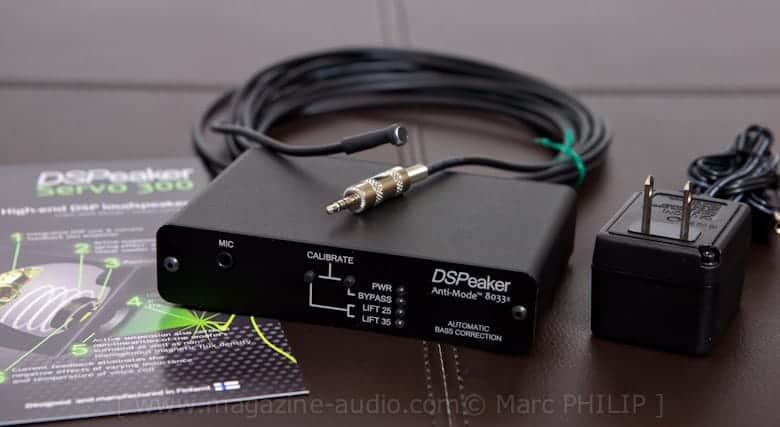@sigbergaudio so I did a quick first calibration. The results are interesting but I have mixed feelings:
There seems to be a lot less drone in my room.
How ever, the bass it self is a lot lower as well.
I changed the bass range to +9 on the DSPeaker X2 (which is maximum) to get back some "effects" in movies but I guess it is just nonesense to put it that high?
My unit is pre-used so I am not sure if all my settings are resetted after calibration or are adjusted by the person who used it previously?
Bass range +9
Bass Filter: 320 Hz (4 of 5 bars)
Mid range: 0
Mid Filter: 1 (-|-----|-)
Mid Fc: 1,5
High range: 0
High Filter: -----|.| (so the most right setting, that should be 1,5kHz?)
Also regarding firmware update:
It is hard to know if my firmware update failed (because the usb stick is not supported) or because the latest firmware is already installed. I tried it several times but not much is happening.
The LED is way to bright. I wished there was a way to dim them.
I like it that even after removing the power source (master switch on my audio system) it still remembers volume / settings / input.




